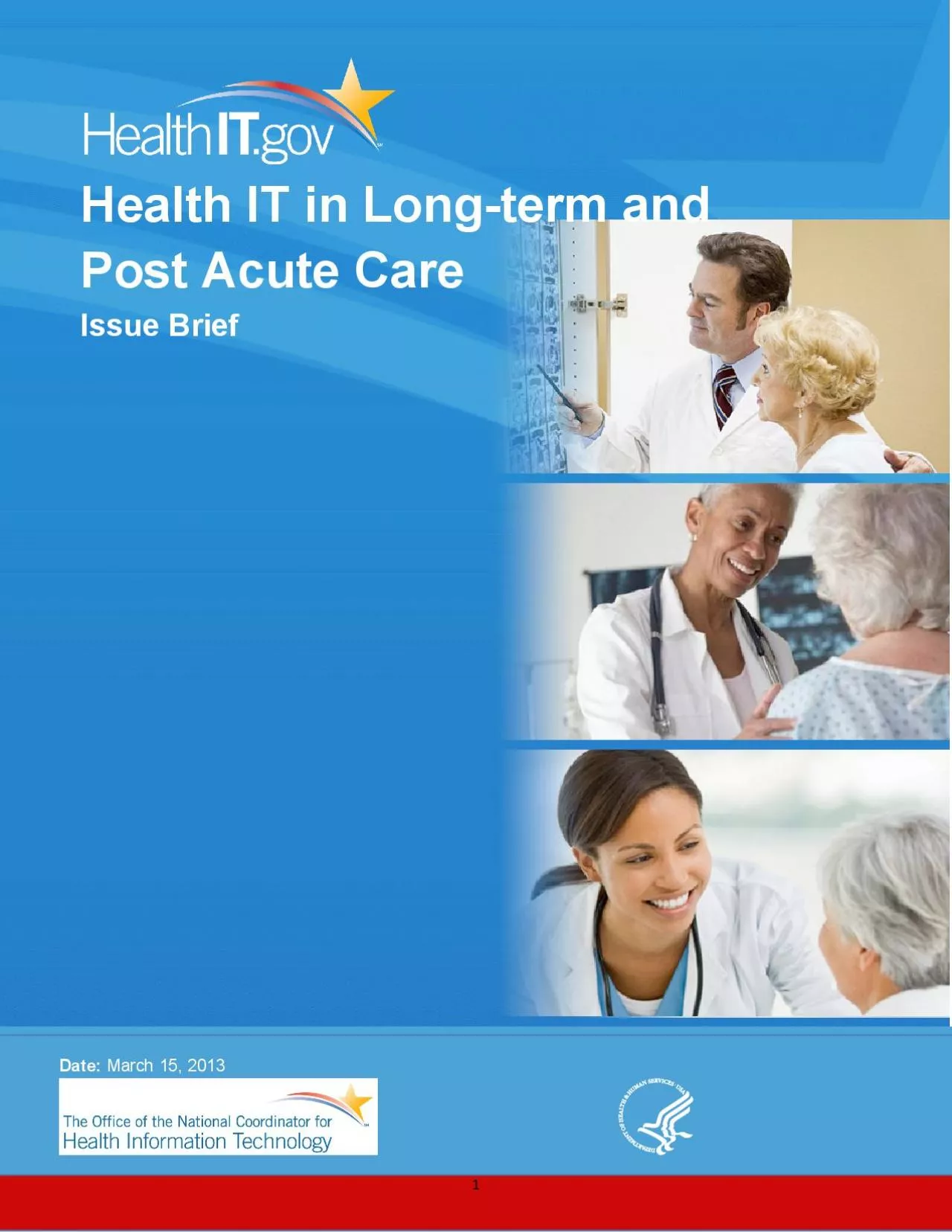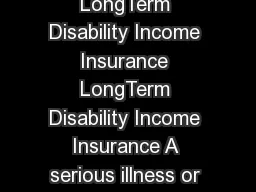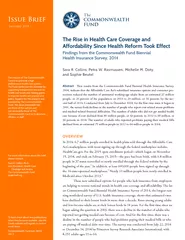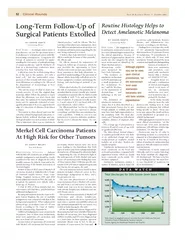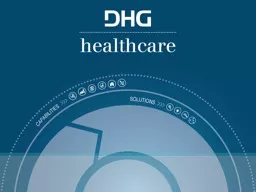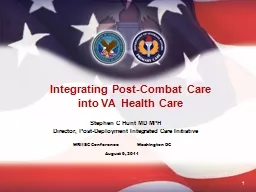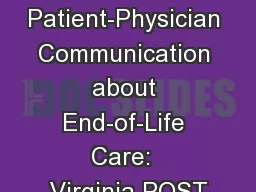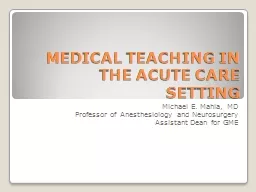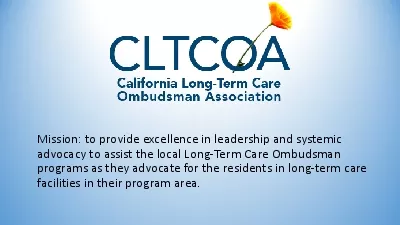PDF-Health IT in Longterm and Post Acute Care Issue Brief
Author : oconnor | Published Date : 2021-10-04
ate March 15 2013Appendix IPostAcute Care Transitions for Acute Hospital Discharges 2005Number and Percent of AdmissionsSource Examining Relationships in an Integrated
Presentation Embed Code
Download Presentation
Download Presentation The PPT/PDF document "Health IT in Longterm and Post Acute Car..." is the property of its rightful owner. Permission is granted to download and print the materials on this website for personal, non-commercial use only, and to display it on your personal computer provided you do not modify the materials and that you retain all copyright notices contained in the materials. By downloading content from our website, you accept the terms of this agreement.
Health IT in Longterm and Post Acute Care Issue Brief: Transcript
Download Rules Of Document
"Health IT in Longterm and Post Acute Care Issue Brief"The content belongs to its owner. You may download and print it for personal use, without modification, and keep all copyright notices. By downloading, you agree to these terms.
Related Documents

